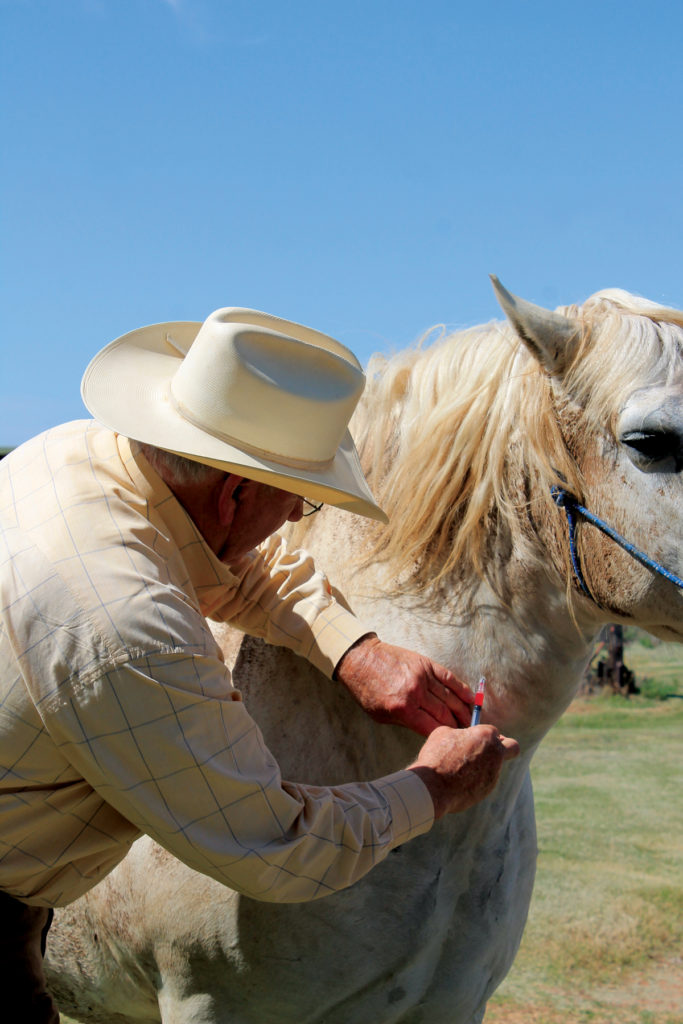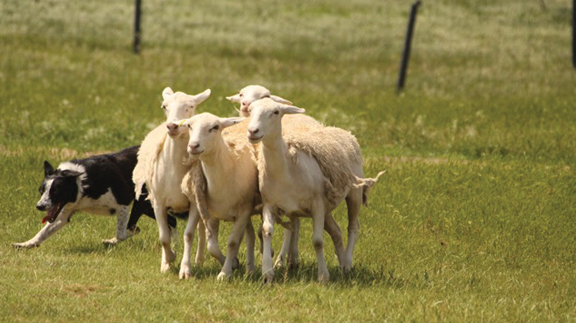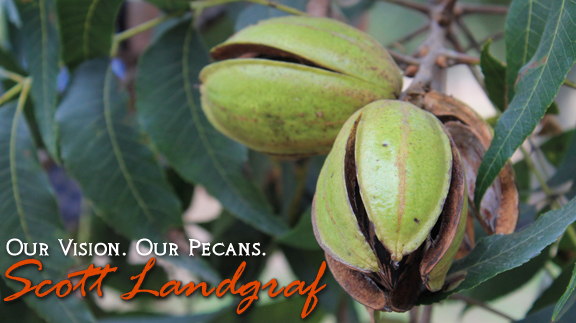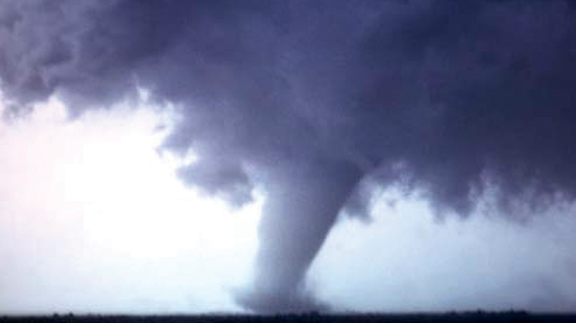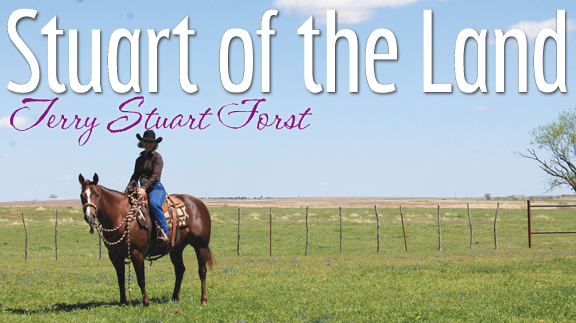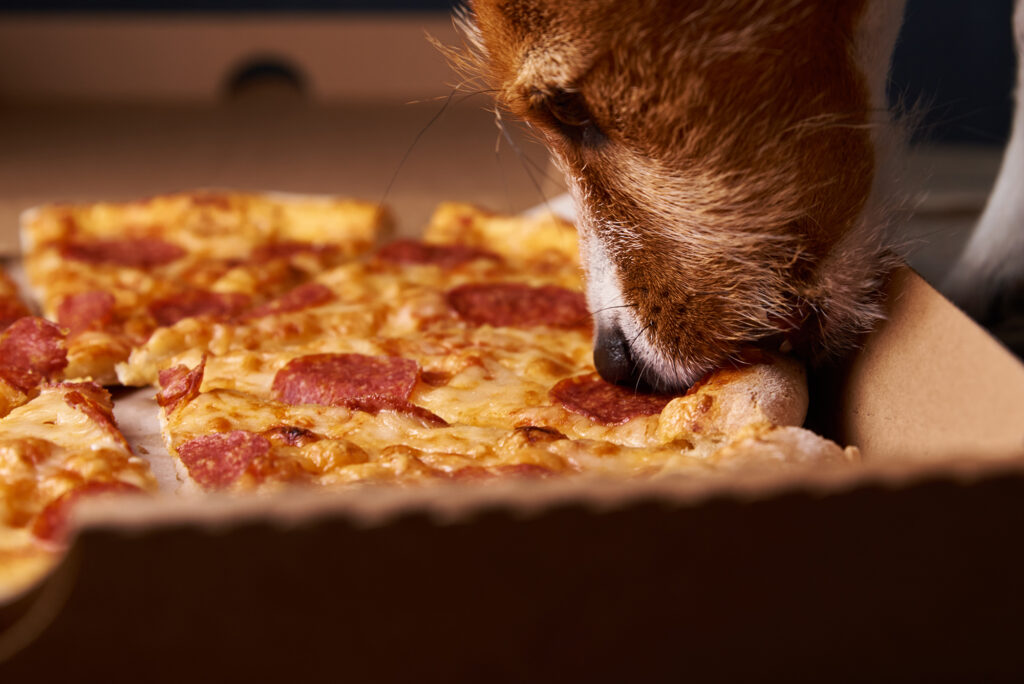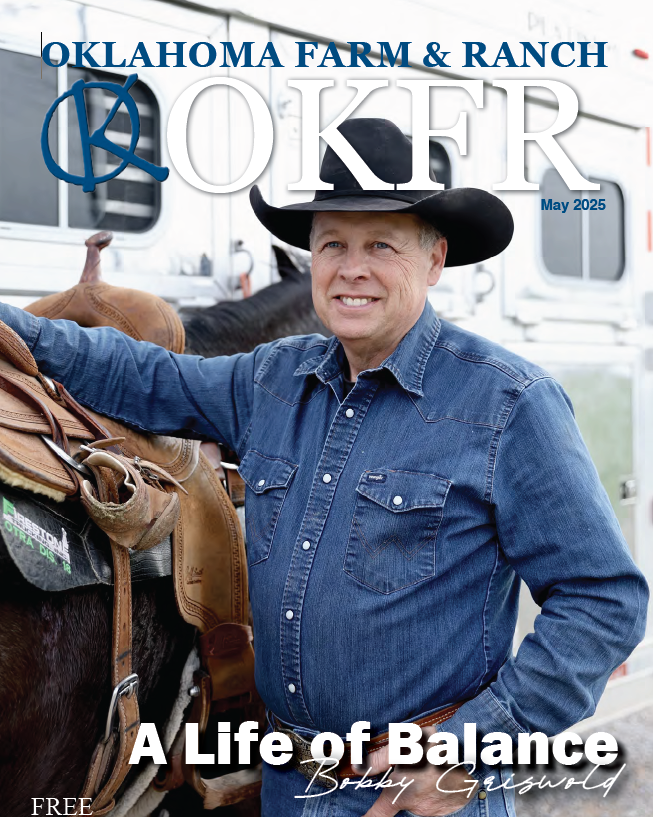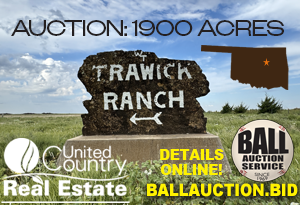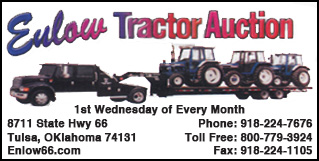Country Lifestyle
August 2017 Profile: Fred Rule
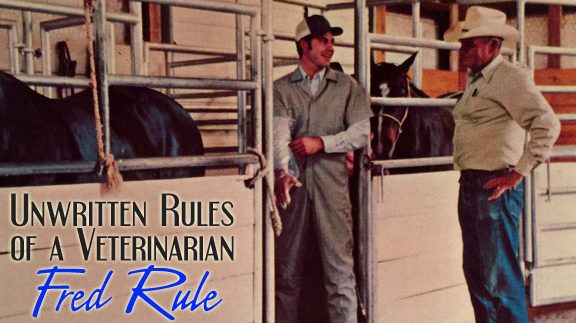
Unwritten Rules of a Veterinarian
By Laci Jones
The phone rings. When Fred Rule, DVM, of Elk City, Okla., answered, the veterinarian of more than 50 years sprung into work-mode. The rancher on the opposite end of the phone had a horse with colic. They began talking about symptoms and scheduling future visits. The veterinarian joked, “I don’t even buy green bananas. I don’t plan that far ahead.”
The spontaneous veterinarian was born in Kansas on Dec. 29, 1939. When he was five years old, the Rule family moved 100 miles west to Ramona, Kan., with a population of 400 people. His father worked in the “implement business” for a John Deere Dealership while his mother stayed home to take care of their five children—Judy, Fred, Janet, Jim and Kim.
An ornery boy, Rule said he always carried a knife and matches. He got a “whooping” on the first day of school in Ramona because he carved his name in the desk and started a fire in the boy’s bathroom, he laughed.
Shortly after, they moved 14 miles to a larger town called Herington, Kan. It was an agricultural- and railroad-based community of 3,000 people, he added. Rule was a smart child, but he never took notes. He was also a gifted athlete particularly in football. After graduating high school, the young athlete enrolled in Kansas State University on a football scholarship. There, the tight end had a “few rude awakenings.”
“When I got up there, I found out that there were a lot of guys who were very fast and very big,” the former football player recalled.
An injury to his left knee sidelined the young athlete, and he focused on earning a bachelor’s degree. The KSU alumnus said “for some reason” he decided to become a veterinarian when he was in eighth grade. Although Rule was raised in town, he was surrounded by farming. It is not that he disliked farming, but he said he always wanted to be a cowboy and work with livestock.
“I always said being a veterinarian was my vocation, but a cowboy is my avocation,” Rule said. “Fortunately, the two have mixed well over the years.”
Rule went to KSU with a former high school classmate named Jack Webb. Webb’s father raised quality rodeo horses, which peaked Rule’s interest saying, “That’s how we got in the rodeo business.”
However, his rodeo days were put on hold while he was in veterinary school at KSU. Kansas State University’s Veterinary School was among the elite in the United States at the time. During his six years in veterinary school, the student was exposed to hands-on learning.
“Kansas State was a very unusual school,” Rule began. “At that time, there was not a veterinarian in town in private practice. It was an unwritten law that they didn’t do that.”
The college provided veterinary service to all the surrounding farms and ranches. This allowed Rule and other veterinary students to practice before entering the field.
“When we got out of vet school, we could go to a private practice and make them money because we knew how to do it,” he added. “We didn’t need [established veterinarians] to show us how to do a lot of things. We didn’t know how to do everything by a long way, but we could do ordinary stuff.”
After receiving his DVM in 1964, the graduate moved to Holdenville, Okla. Rule said Oklahoma was known for their high-quality horses at the time, which is what he wanted to specialize in. He worked under established veterinarian Lewis Styles at his mixed-practice.
After he received his veterinary degree, Rule decided to get back in the rodeo business. He purchased his Pro Rodeo Cowboy Association card in 1966, where he tried his hand as a team roper and steer wrestler. The rodeo cowboy said he mostly “contributed to the pot.”
“I’d win something every now and then,” he laughed. “I truly enjoyed it though.”
Meanwhile, he continued to work under Styles, but there wasn’t enough work in eastern Oklahoma to satisfy the young veterinarian. Rule moved to Frederick, Okla., a few months later to work with Joe Flanigan, DVM, where he found himself in a similar situation.
At the same time, one of his former KSU classmates, Garland Hinkle, was working in Elk City, Okla., in a large practice owned by Bill Lockridge. When Lockridge decided to move to the bluegrass state, Hinkle and another veterinarian took over the practice.
They needed another veterinarian, and Rule moved to western Oklahoma by the fall of 1965. A few years later, another former KSU classmate Gail Anspaugh joined the practice. They eventually bought the other veterinarian’s share of the practice and sold a third of the practice to the third KSU alumni, Anspaugh.
“We probably have been the only three-man practice in the United States who are all classmates who have been together 50 plus years,” the distinguished veterinarian added.
The former classmates later opened a second hospital in Sayre, Okla. Anspaugh specialized in cattle, sheep and pigs, Hinkle focused on both large and small animals and Rule worked with horses 90 percent of the time. They later hired another veterinarian, Jimmy Fochs, DVM, for several years.
The veterinarian said moving to Elk City, Okla., was one of the best decisions he made. He wanted to work with good horses and his practice in western Oklahoma opened many doors for the veterinarian including the Beutlers from Elk City, Okla.
“When I came here, Beutler Brothers Lynn, Elra and Jake were a big rodeo outfit,” he added. “If you count [Rhett Beutler’s son] Jake, I’m on the fifth generation of Beutlers producing veterinary service. The whole Beutler family is pretty good friends of ours.”
Lynn Beutler was a business man who did not refer to him by name, the veterinarian recalled. Rule recalled an incident in the late ‘60s where Beutler had a bronc that was colicing. When he arrived at the Beutler’s, the business man told the veterinarian, “I’ve got a lot of money spent on this horse.”
The veterinarian oiled the bronc, sent him through the stripping chute and tried different methods. The next day, he could see the horse was not improving, which led Rule to believe the horse had “something shutting him off” where he could not pass anything. Beutler asked the veterinarian what his options were, and Rule said there’s nothing he could do except opening him up to see if he could fix it.
“At that time, our general anesthetic wasn’t worth a flip to tell you the truth,” he added. “I run him through a stripping cute, and I knocked a board over on the left side down near his flank. I gave him tranquilizer, cleaned him up, blocked him and cut a hole in his flank right up high.”
The Elk City, Okla., veterinarian found a fecolith, a large, hard fecal material, in his intestine. Rule extracted the fecolith and closed the wound. The horse never missed a meal after that, he added.
“From then on till the day [Beutler] died, I was Dr. Rule,” the veterinarian laughed.
He went to Beutler Brother Rodeos nearly every weekend, where he competed as a steer roper then go back to work. The Elk City, Okla., resident has served as the official veterinarian for the Elk City Rodeo of Champions for more than 40 years.
At the same time, Walter Merrick American Quarter Horse Association Hall of Fame member and horse owner was “in his prime,” Rule explained. Merrick had a ranch at Crawford, Okla., later adding on in Sayre, Okla.
“Of course [Walter Merrick] produced Easy Jet, Jet Smooth and all those horses,” he said. “I had the good fortune to do all the breeding work as well as furnish veterinary service to them. It’s another family that I made pretty good friends with.”
Rule said he had good luck as an equine veterinarian in western Oklahoma. Having Merrick as a client for about 40 years as well as other clients including thoroughbred owner Pete Maxwell allowed him the opportunity to work with the best horses.
“When I came here, this country was full of good horses and good horseman,” Rule added. “I learned more the first couple of years I was here than I did them good.”
Rule said he has always been involved in the community from school boards to state equine organizations. In the early ‘70s, the Oklahoma Horseman Association were instrumental in starting the organization, Prairie Mutual Racing in Oklahoma.
“I remained active in that for years. In fact, I was the president of that for several terms,” he explained. “We were involved in writing the rules of racing and putting together our excellent state-bred program.”
The goal of the organization was to represent all equine breeds. Ultimately, these breeds split off into their own organizations including the American Quarter Horse Association and the Thoroughbred Racing Association of Oklahoma, which Rule was on the board for.
After the divorce from his first wife, the Kansas native thought he would not marry again. In the late ‘80s, World Champion steer wrestler, C.R. Boucher invited Rule and fellow friend Joe Phillips to visit in remote Montana.
“Up in that country there were big ranches where they drag calves,” he said. “It was kind of a fun deal.”
Rule said they made the trip in the fall where it was -40 degrees Fahrenheit one morning. When he got down to the pen, a person who was bundled-up except for their eyes approached the cowboys.
“I couldn’t tell whether it was a male or female,” he explained. “They were just so bundled up and wanted to know if we wanted some coffee and yeah, we sure would take some. It was the first time I drank coffee with peppermint schnapps in it at 9 o’clock in the morning.”
That bundled-up person happened to be Marlene Newman, who was raised on a large, remote ranch in east-central Montana. She later moved south to the Sooner State in 1990 and married the veterinarian the following year. They have five kids from previous marriages—Justin, Toby, Jeff, Julie and Jacquae.
In 2014, the PRCA Gold Card carrying member was named the Zoetis PRCA Veterinarian of the Year. He was nominated for this prestigious award by former NFR qualifier Larry Dawson and stock contractor Bennie Beutler. With more than 50 years spent as a veterinarian, Rule has seen many changes in the veterinary field including technology and the male to female ratio.
“I didn’t get to see the best of it, technology-wise, because now the equine world has access to the same things that the human world has,” Rule said.
The male to female veterinarian ratio has changed since Rule first started practicing. In an industry that was once dominated by males, today female veterinarians outnumber male veterinarians three to one, he explained.
Rule also said the environment in which veterinarians practice has changed as far as the law. The distinguished veterinarian said they did not worry about liability, but he said that is changing.
“We just recently, a little over a year ago, because of health issues amongst my partners and myself, shut our hospitals down,” he explained.
Rule still does cool semen breeding with partner Jose Acosta, who worked for Merrick for 22 years. The honored veterinarian said he still enjoys practicing veterinary medicine. He was going to quit practicing, but his clients and friends “won’t let me.” Rule said the area needs an equine veterinarian, and he will continue to fill that role.
This article originally appeared in the August 2017 issue of Oklahoma Farm & Ranch.
Country Lifestyle
Farm Dogs & Table Scraps
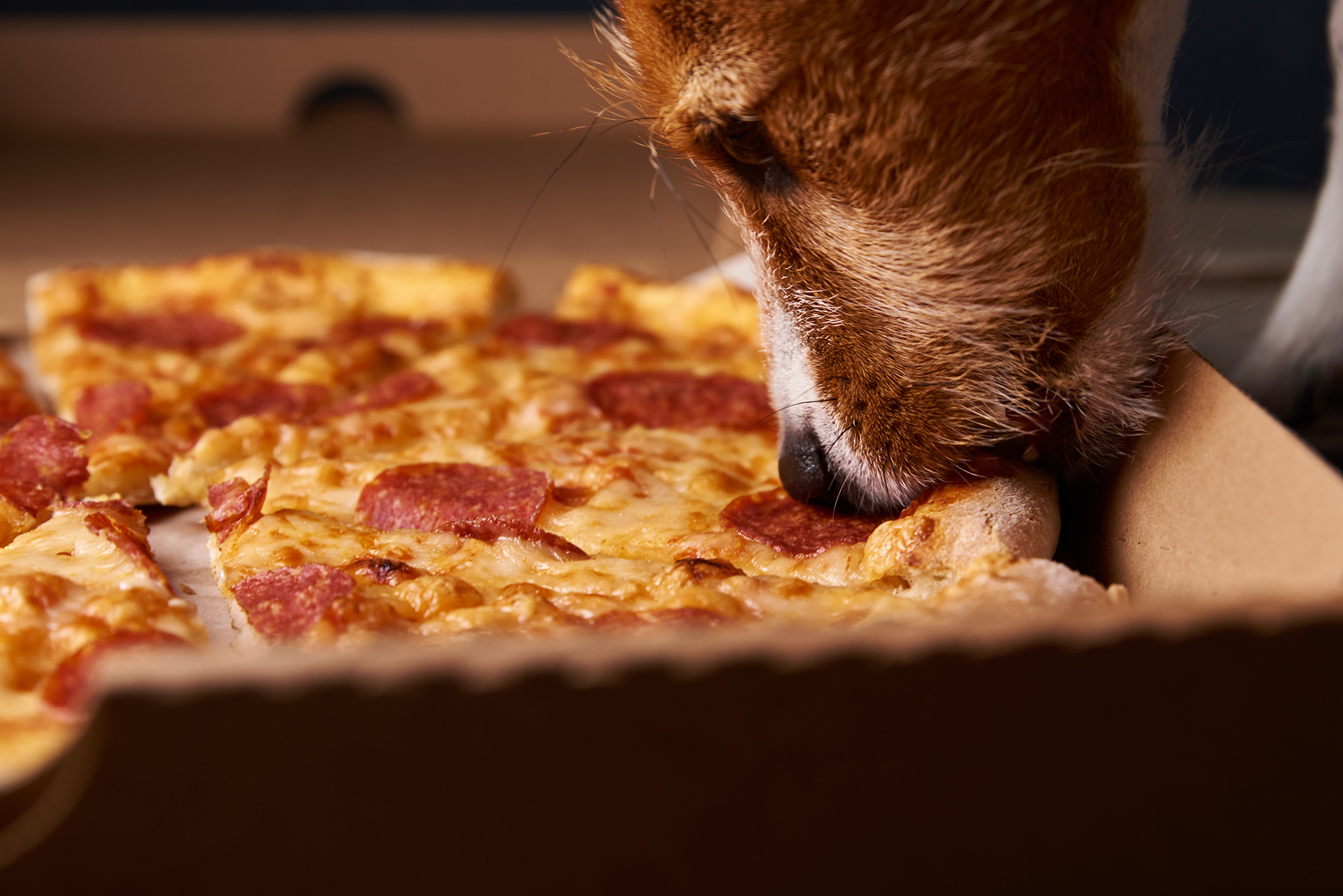
What’s Safe and What’s Not?
Growing up on a farm, our dogs were tough. They roamed the pastures, slept under the barn, and ate just about anything they could get their paws on—whether we meant for them to or not. I’ll admit, I never thought twice when one of our old cow dogs snatched a biscuit off the table or licked up a spill from the barn floor. I’ve even seen a dog steal a whole rib bone off a plate and trot off like he’d won the lottery. And somehow, they always seemed fine.
But here’s the thing—just because they survived doesn’t mean it was safe. For every farm dog that lucked out, there’s another that wasn’t so fortunate. Some human foods can be downright toxic to dogs, and a little bit of bad luck (or a smaller, more sensitive dog) can turn a harmless snack into an emergency.
Common toxic foods lying around the farmhouse
If you’ve got a farm dog—or any dog, really—you need to be aware of the dangers lurking in everyday foods. Some of the biggest culprits include:
Chocolate – The darker it is, the worse it is. Even a little can cause vomiting, seizures, or worse.
Grapes & Raisins – No one’s exactly sure why, but they can cause kidney failure fast.
Onions & Garlic – In large enough amounts, these can destroy red blood cells, leading to anemia.
Xylitol (Found in Sugar-Free Gum & Candy) – This artificial sweetener can send a dog’s blood sugar crashing and cause liver failure.
Alcohol – Even small amounts can be deadly to dogs, affecting their nervous system much more than it does ours.
Bones from Cooked Meat – While not necessarily toxic, they can splinter and cause serious internal injuries.
Macadamia Nuts – These can lead to weakness, vomiting, and even paralysis in dogs.
What to do if your dog eats something toxic
First, don’t panic—but don’t ignore it either. If you know your dog ate something dangerous, call your vet immediately. They can tell you whether to induce vomiting or if it’s something that requires urgent care. If it’s after hours, contact the ASPCA Animal Poison Control Center (888-426-4435) or the Pet Poison Helpline (855-764-7661).
Prevention is always the best medicine, so keep toxic foods out of reach. That might mean keeping the trash can secured, making sure kids don’t slip the dog a treat under the table, or just being more mindful of what’s left on the counter.
Our farm dogs might have been lucky, but luck isn’t a great strategy when it comes to their health. A little awareness goes a long way in making sure they stay happy, healthy, and ready for the next day’s work.
For more information
ASPCA Animal Poison Control: www.aspca.org/pet-care/animal-poison-control
Pet Poison Helpline: www.petpoisonhelpline.com
Visit www.akc.org/expert-advice/nutrition/foods-your-dog-should-never-eat
Country Lifestyle
Summer Squash and Corn Chowder
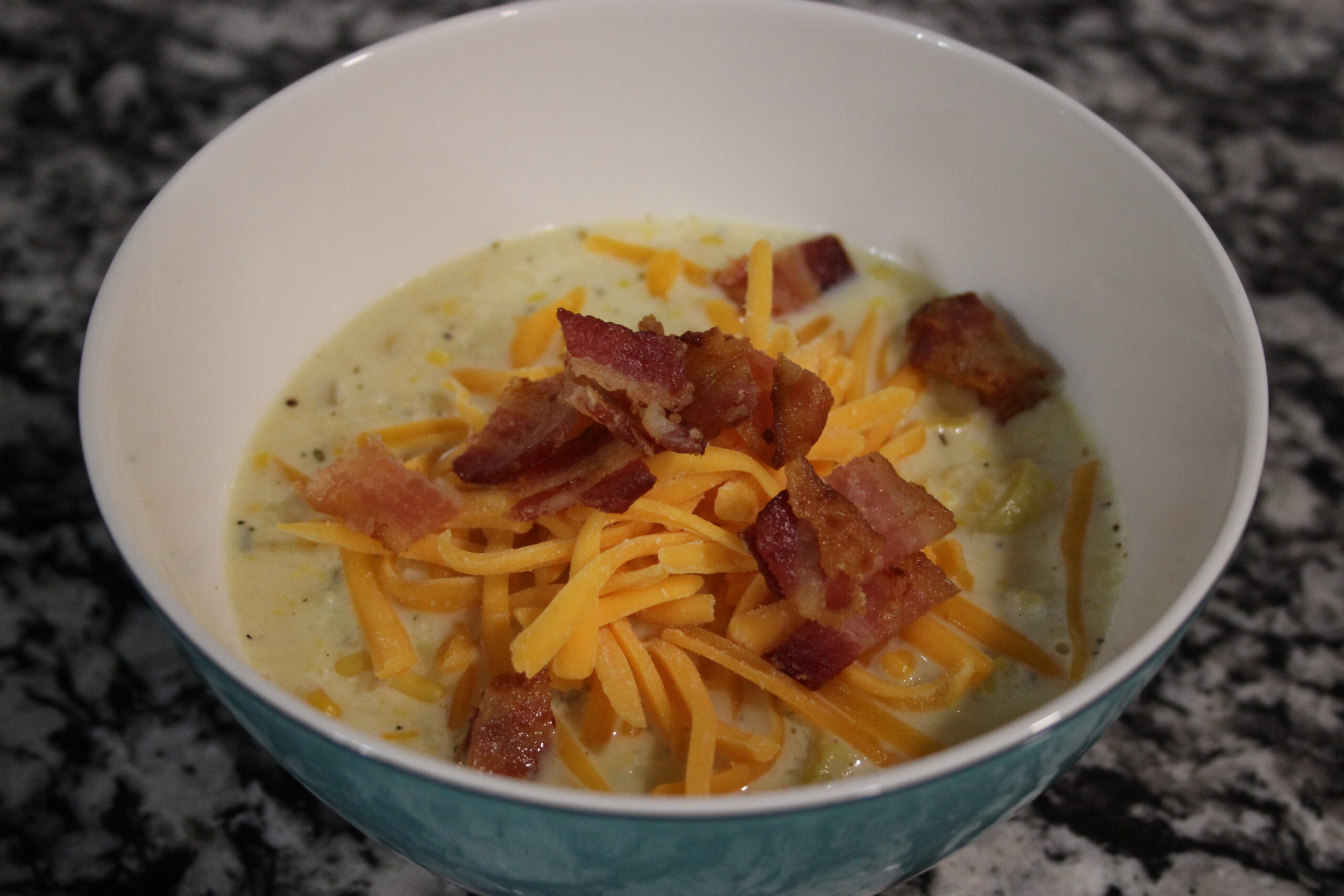
By Lacey Vilhauer
Total time: 40 minutes
Servings: 6-7
Ingredients
- 6 slices bacon, cooked and crumbled and 1 1/2 Tbsp rendered bacon fat reserved
- 1 1/2 lbs yellow squash, chopped (about 3 medium)
- 2/3 cup thinly sliced celery
- 1 cup diced onion
- 1 Tbsp flour
- 2 cloves garlic, minced
- 2 3/4 cup milk (I used 1%)
- 5 cups canned or fresh cut corn (from about 6 ears corn), divided
- 1/2 cup heavy cream
- 1 1/2 tsp chopped fresh thyme (or 1/2 tsp dried)
- 3/4 tsp salt, then more to taste
- 1/4 tsp freshly ground black pepper, then more to taste if desired
- 3/4 cup shredded cheddar cheese, for serving
- Chopped green onion for garnish (optional)
Instructions
Heat 4 tsp reserved bacon fat in a large pot over medium-high heat. Add celery and onion and sauté 2 minutes then add the squash.
Saute until tender, about 6 minutes, adding in garlic and flour during last 2 minutes of sauteing. Reduce heat slightly.
Add 1 1/2 cups milk, 2 cups of the corn, thyme, salt and pepper to the sauteed veggies.
To a blender add remaining 3 cups of corn, remaining 1 1/4 cups milk and the cream. Process in blender until nearly smooth (about 30 seconds).
Add pureed mixture to pot and stir to blend. Cook until mixture reaches a light boil.
Serve warm with shredded cheese, crumbled bacon and sliced green onions if desired.
Country Lifestyle
Western Housewives – May 2025
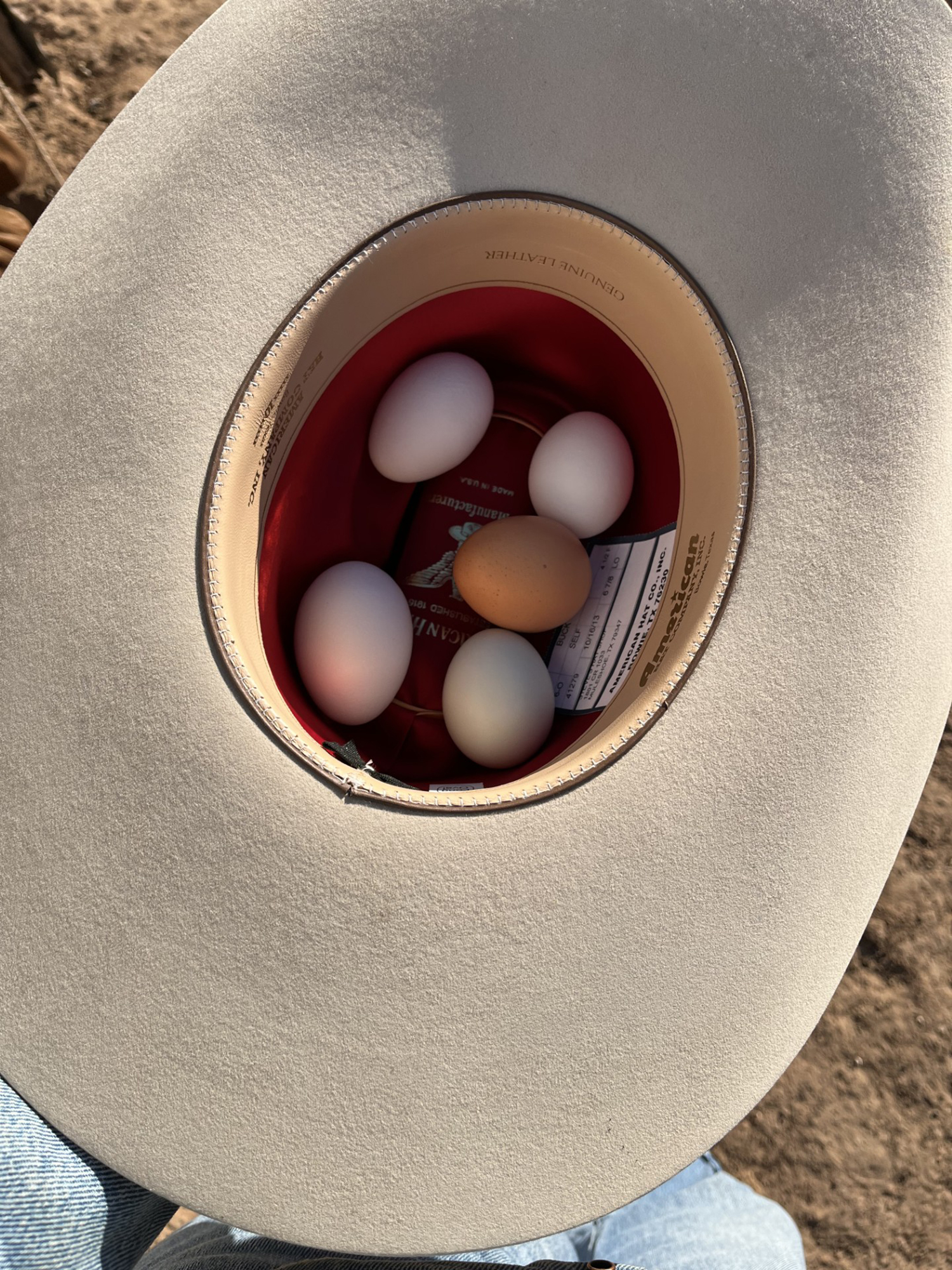
By Summer McMillen
All my married life I have thought that when husbands all got together horseback after a hard days work they were probably rating their wives on a scale from one to ten based on their various capabilities. Did Wife A have a good hat crease? Was Wife B good help in the branding pen? Was Wife C an excellent mother? Was Wife D hospitable to everyone? Could Wife E make a decent gallon of sweet tea? Did Wife F keep a tidy saddle house?
Presumably, when Wife B did not live up to Wife A there was a fist fight followed by wife shaming of Husband B. His status amongst the cowboys immediately fell and he would be behind for the rest of his life in his cowboy career.
He would come home ashamed his wife couldn’t flambé a decent bananas foster and she couldn’t hoolihan either. He would be distraught and said wife would feel his pain.
Of course, this never happened to me like I thought it would. My husband always came home with a smile on his face and I’m pretty sure “flambé” isn’t even in a cowboys vocabulary.
Nonetheless, these imaginary fights and social rankings have plagued my brain for years. It has caused me to always be in competition with myself to be the very best at everything I did. Which I have eventually realized is a trait of women all around the world.
While we are cooking a four course meal for our families we start to think about how we actually should be practicing heading steers instead.
While we are practicing our horsemanship we start to think about how we should actually be preparing a nutritious and elaborate meal for our families.
It is a constant battle that women have created and proceeded to fight for centuries.
One day the inner battle got to me and I finally broke down as we were riding wheat pasture and confessed to my husband my guilt. I was so sorry that I wasn’t a better cowgirl. I was so sorry that the house was a mess. I was so sorry that I would never be on The Cowboy Channel. I was so sorry that I had lost his good pair of gloves. (Except I didn’t actually mean to confess that last part. Some things are just better left unknown.) I apologized again and again and told him I was sorry and he probably never wanted to bring his friends over for supper ever again.
Instead of consoling me, he just started looking at me like I was crazy. Which is what all good husbands do.
He stopped his horse and looked at me and said “Do you know how cowboys rate each other’s ranch wives?”
So many thoughts started filling my brain. Was it looks? Gentleness? Laundry speed? Work ethic?
Then he revealed their secret. “Cowboys rate each other’s wives by how well they can cook eggs for breakfast.”
His point of course, was that men don’t think about each other’s wives. As long as they get their eggs for breakfast. In another twist of irony, my husband taught me how to fry the perfect egg. What can I say? It’s a man’s world.
Since then, I have let go of my irrational fears and doubt and have simply been living life. It’s all anyone can do. I may not team rope the best. I may get my fingers when I’m trying to dally and I may not have the tidiest saddle house. But I try hard at everything I do and I do it all out of love for my family and finally, myself.
So, if you’re a woman this Mother’s Day and you catch yourself feeling down amongst life constant pressures just remember you are not alone. You can almost guarantee there is a woman in every household that needs a little pick me up. Maybe you should just go outside. Maybe you should sit down and count your blessings. Or, maybe you should have your husband fry you some eggs.
-
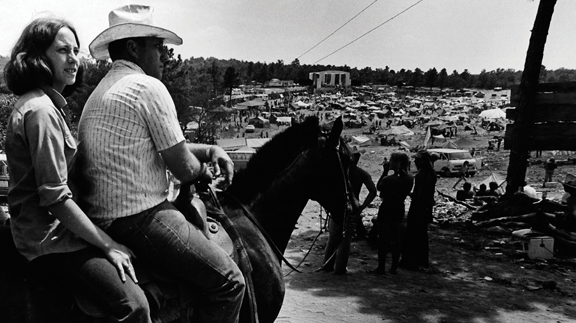
 Attractions8 years ago
Attractions8 years ago48 Hours in Atoka Remembered
-
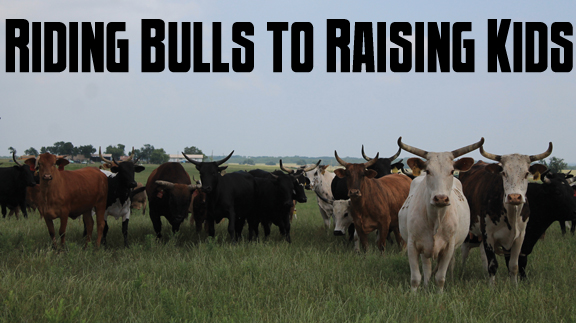
 Country Lifestyle8 months ago
Country Lifestyle8 months agoJuly 2017 Profile: J.W. Hart
-
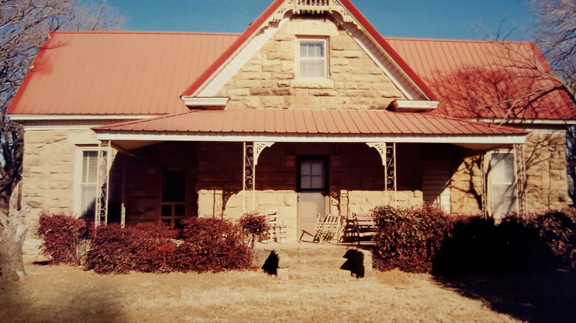
 Country Lifestyle9 years ago
Country Lifestyle9 years agoThe House a Treasure Built
-
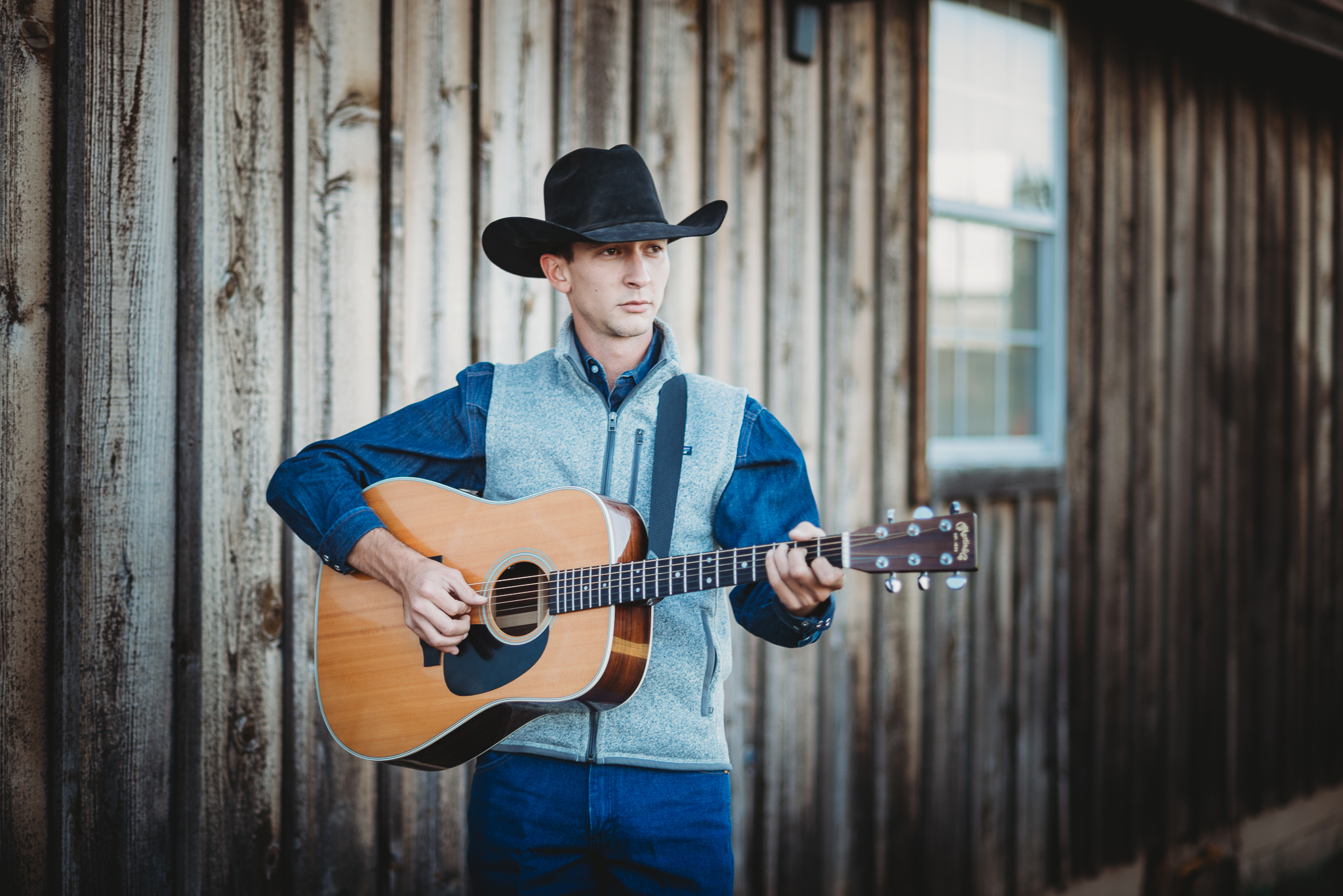
 Country Lifestyle3 years ago
Country Lifestyle3 years agoThe Two Sides of Colten Jesse
-
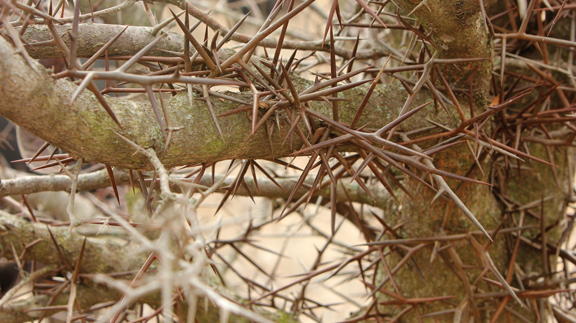
 Outdoors7 years ago
Outdoors7 years agoGrazing Oklahoma: Honey Locust
-
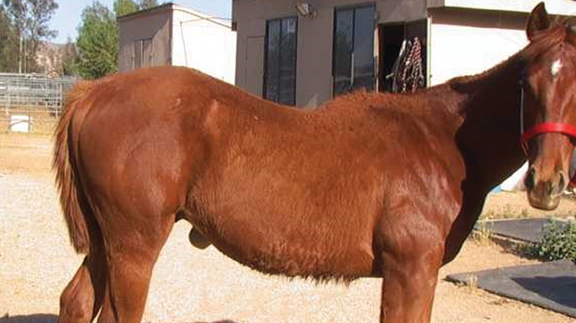
 Equine8 years ago
Equine8 years agoUmbilical Hernia
-
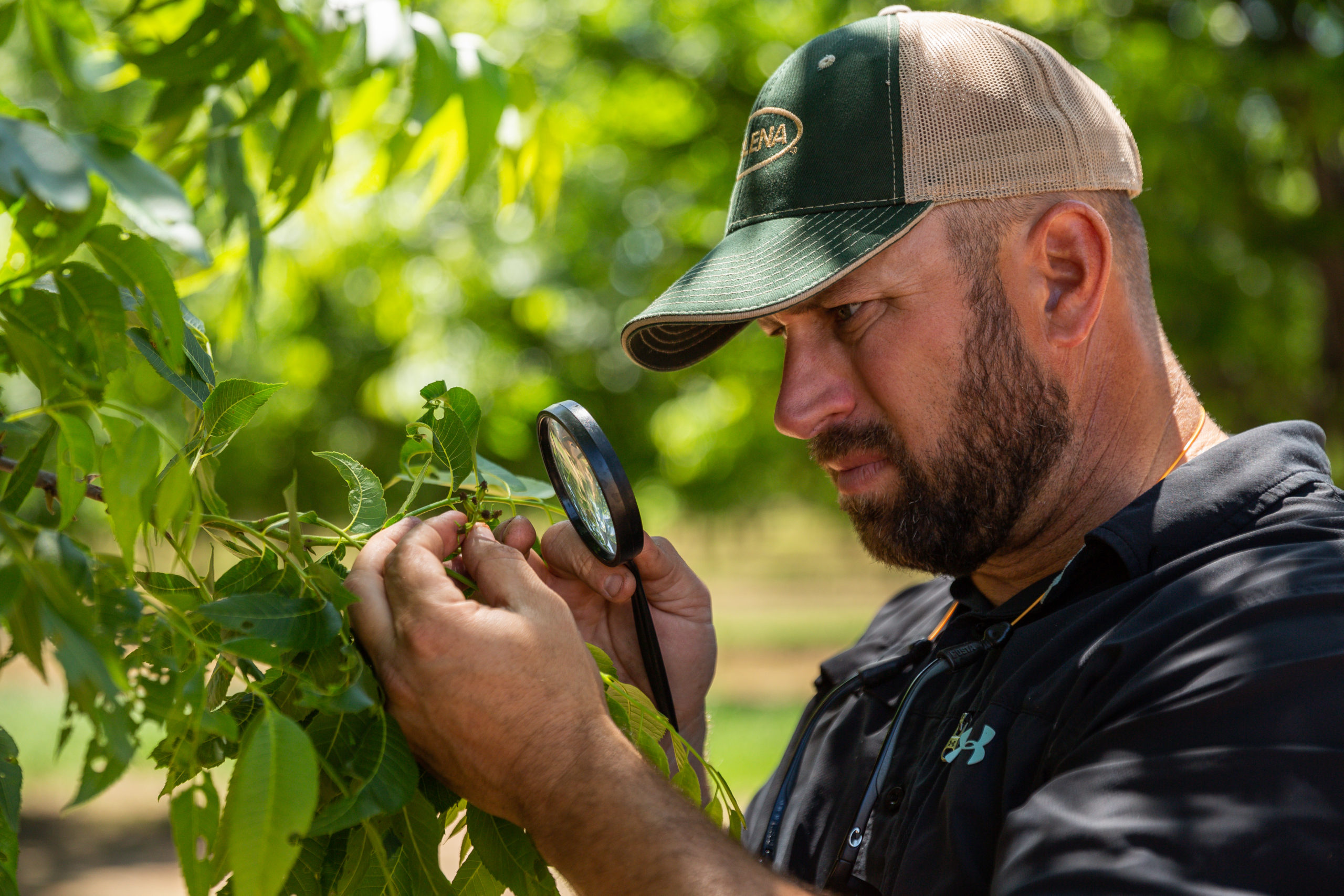
 Outdoors5 years ago
Outdoors5 years agoPecan Production Information: Online Resources for Growers
-
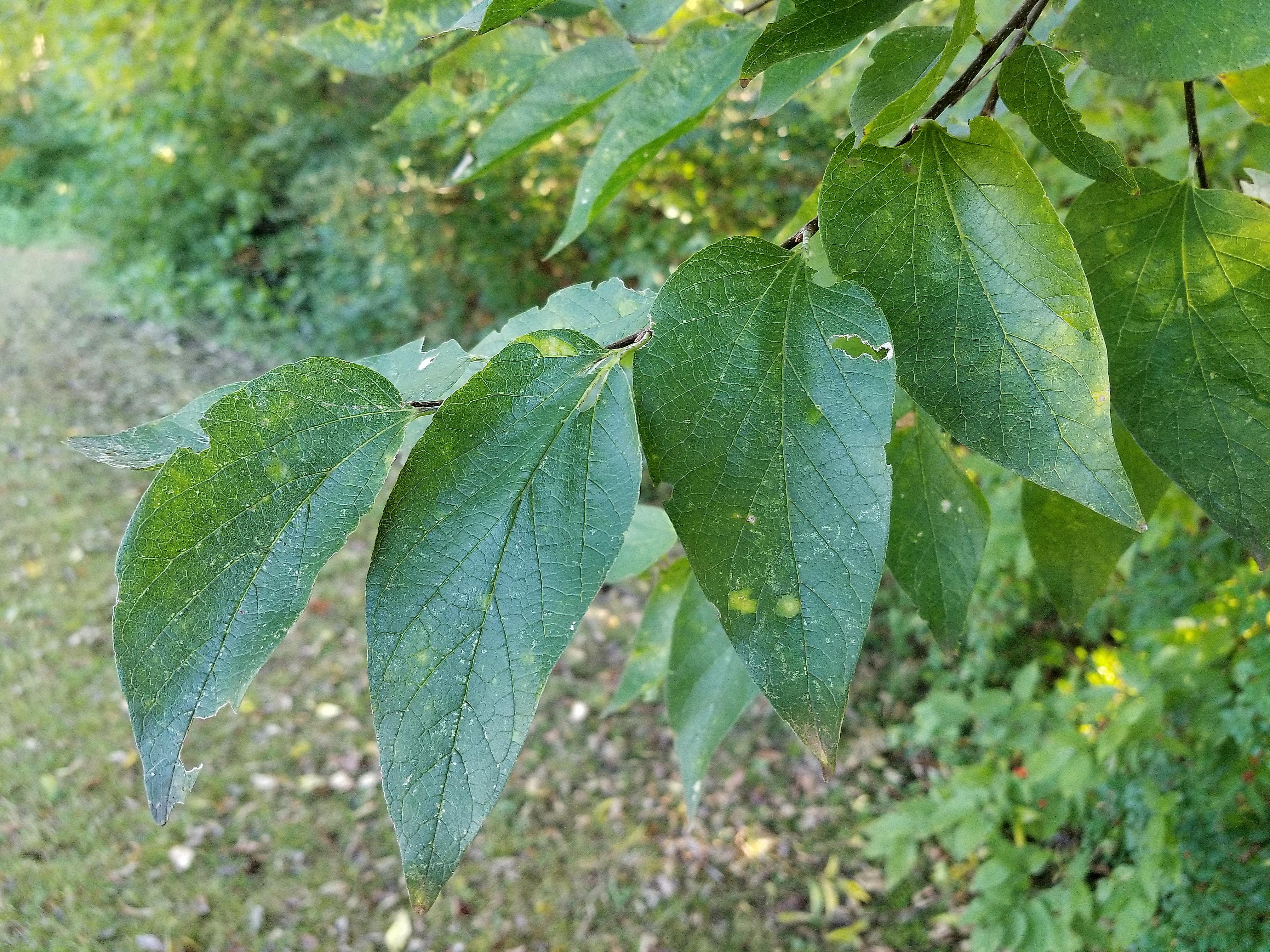
 Farm & Ranch7 years ago
Farm & Ranch7 years agoHackberry (Celtis spp.)
